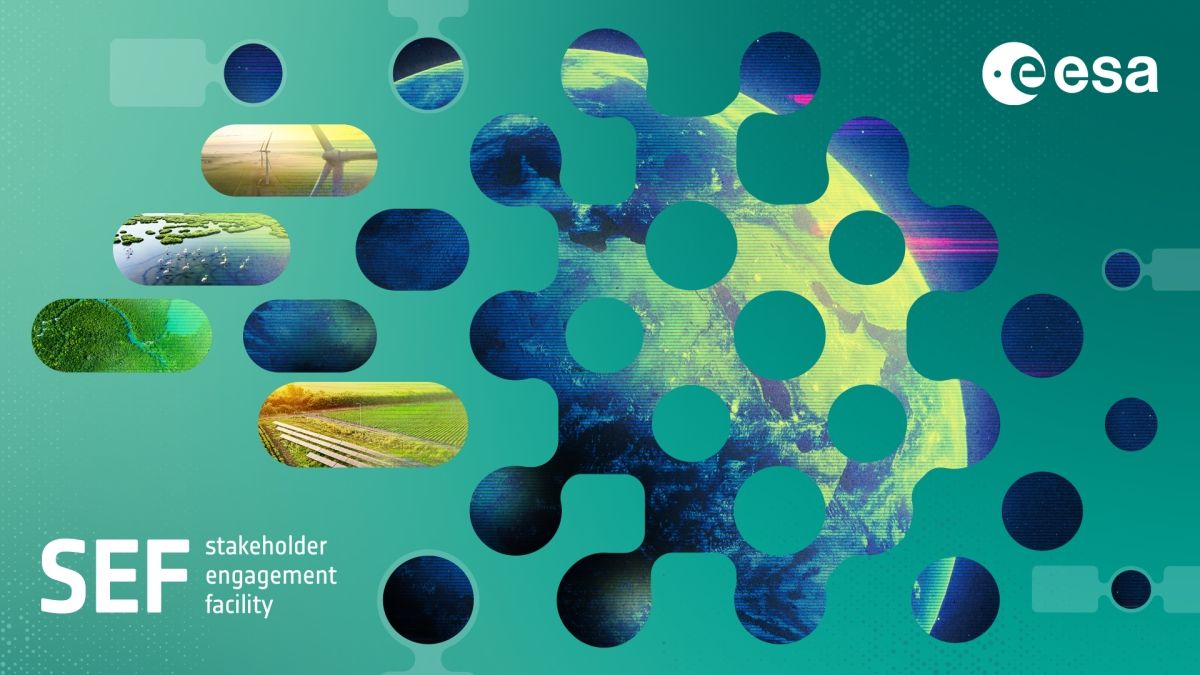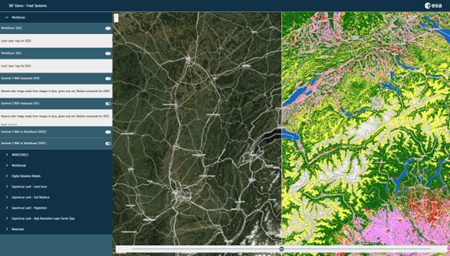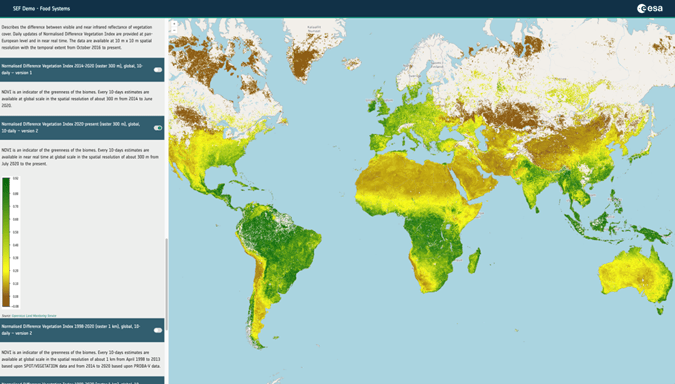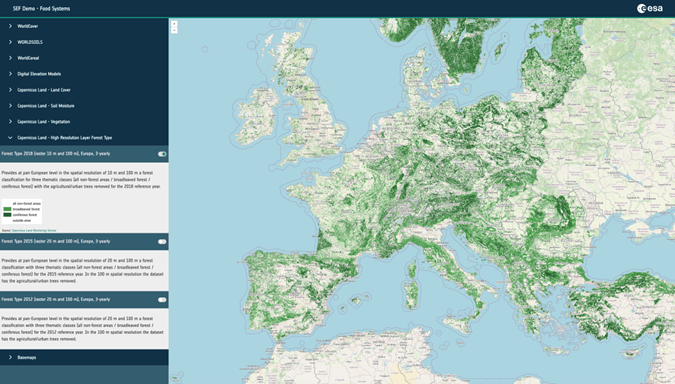
ESA Stakeholder Engagement Facility
The Stakeholder Engagement Facility (SEF) project aims to enhance the uptake and long-term impact of ESA-funded Earth observation solutions, driven by International and European policies, by fostering continuous engagement with both new and existing stakeholders. The project establishes a structured approach to knowledge and capacity sharing, ensuring that engagement with existing stakeholders continues beyond individual project lifecycles.
The expected outcome is a sustainable stakeholder network, actively utilizing ESA-funded innovations. This is supported by targeted outreach, training, and knowledge-sharing tools, designed to maximize engagement.
Use case details
Project website
https://esa-sef.euAPEX Services used
Algorithm Services Geospatial Explorer
Applications
Agriculture Atmosphere Biodiversity Climate Coastal Energy Forestry Marine Urban Vegetation





